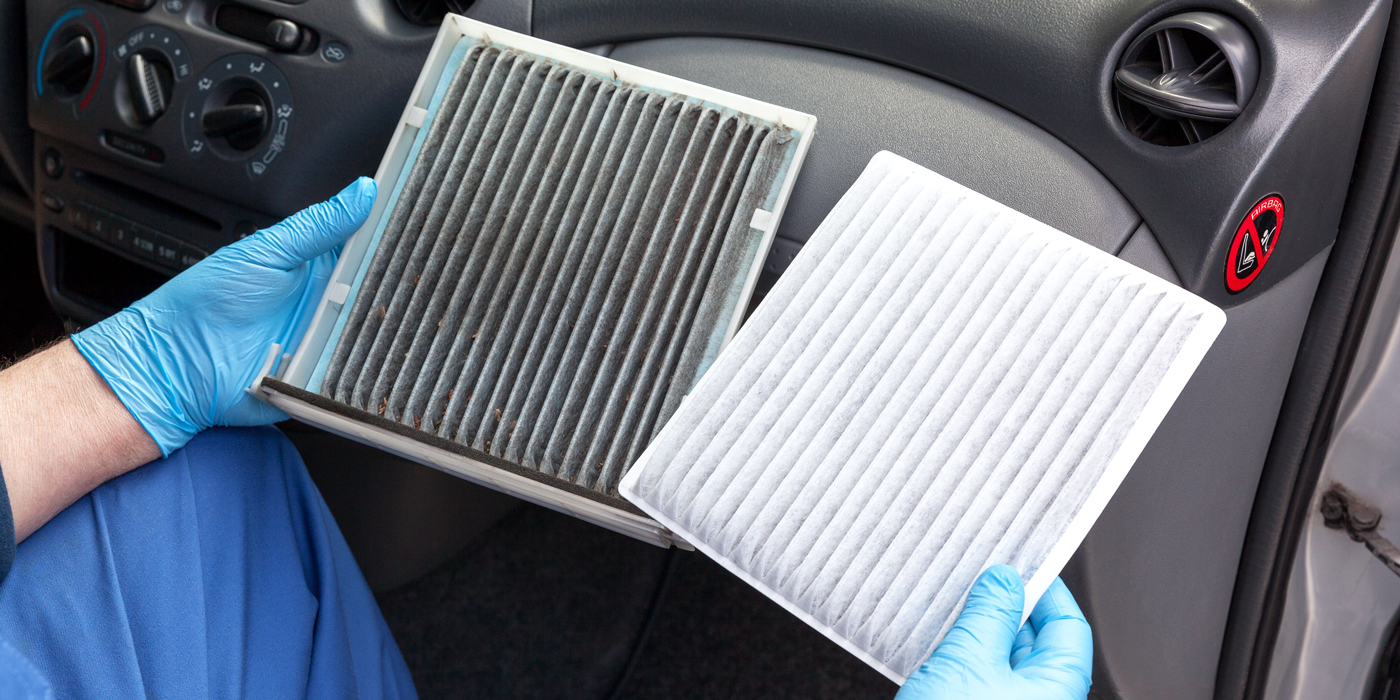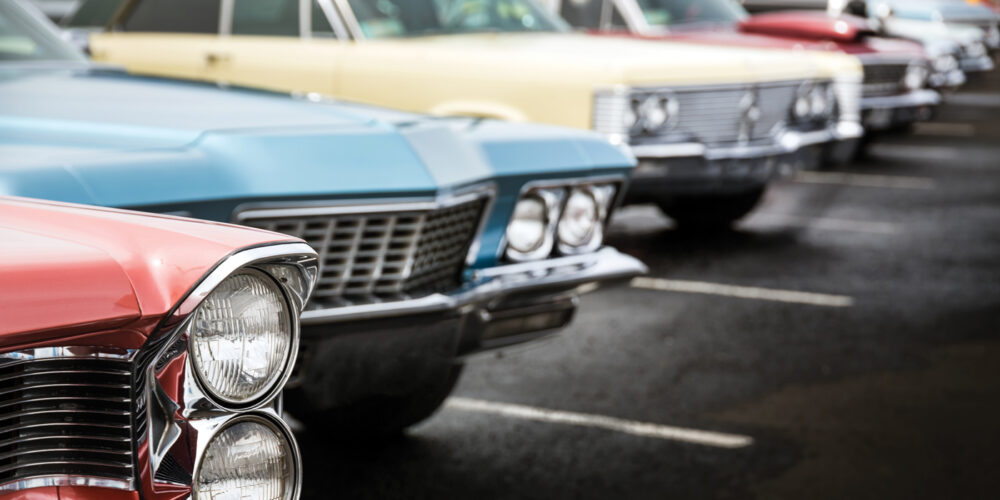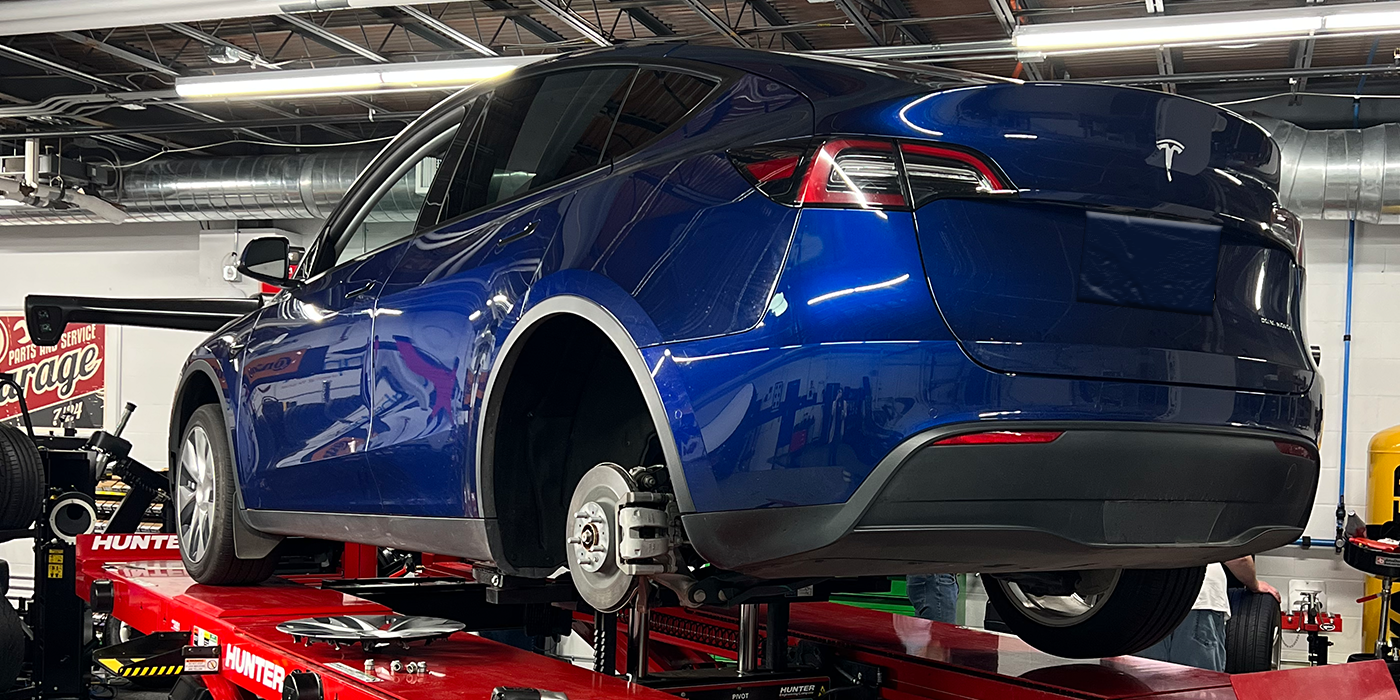If your town is anything like mine, from time to time an automotive repair shop will close and, inevitably, the equipment will be listed for sale. I’ve seen this trend during good times and bad, and I’ve had the opportunity to purchase some of this equipment. When I’m in the market for a lift, this is what I look for. 
I want to see the required stickers from the manufacturer and the third-party certification such as Automotive Lift Institute (ALI), www.autolift.org. I want the manufacturers’ information, so I can call them with the serial number and find out how old the unit is, if it’s under warranty and whether there are any recalls. Are replacement parts still available and are there any local service providers? Lifts do have a service life of 10-15 years or more, based on operation and service. This is very important information to me. I’m not interested in a 20-year-old lift at any price.
A large number of lifts have been imported in recent years. Some of them were never third-party tested. And, for good reason; they would not pass the process. In a world where many buyers are price sensitive, many local suppliers try to accommodate them. This can be a costly situation to someone. A Bureau of Labor report states that between 2003 and 2005, 147 mechanics were killed on the job — that’s 5.3 per 100,000 workers in 2005 (compared to 4.0 per 100,000 in all other occupations combined).
Bob Seltzer, president of ¬Automotive Equipment of ¬Nevada, shared an experience where they ¬ordered an inexpensive imported lift for a customer in an attempt to stay competitive. After a short time in service, parts of the lift were sagging. Yes, the steel parts were sagging. Being a company of integrity, Automotive Equipment replaced the unit with a higher-quality one and kept the old one in its warehouse as a ¬reminder why they use only the best equipment for their customers.
There is a company here in Las Vegas that purchased lifts from a manufacturer that did not have an ALI certification. They justified the purchase due to the large savings. Now, they wish to move locations and the new city code requires engineering plans for installation and verification of the third-party certification. They won’t allow the lift installation without it. Oh, did I mention there are no third-party certification labels on the lifts? Forget the cost at purchase, what if someone gets hurt? 
According to Bob O’Gorman, president of ALI, “the third-party certification process is when a product that has a representative specimen is tested and is under continued follow-up inspections by a Nationally Recognized Testing Laboratory as defined by OSHA.”
He goes on to say, “that within the automotive lift industry national safety standards are technically known as ‘Voluntary Consensus Standards.’ In general terms, this implies (at least on the surface) that unless an ‘Authority Having Jurisdiction’ (AHJ) mandates compliance, there are little, if any, ramifications beyond legal activity that
can be linked to knowingly producing or offering a product that fails to conform to the Voluntary Consensus Standards.”
So what about all the suppliers and distributors that are unaware of the compliance requirements? Do they care? While, there is more code ¬enforcement being done by local ¬authorities, the end user is ultimately responsible for compliance.
We should not be putting our employees at risk to save money. Take the time to assess your purchases. Make sure you’re getting the quality your employees and their families deserve. Train them in proper operation of all the shop equipment. Just because they came from another shop does not mean they received the proper training. You can purchase training materials at www.autolift.org/store.htm. While you’re there, take the time to look over the list of certified lifts and the “buyer beware” page under the “purchasing a lift” tab.
Have an outside service provider perform safety inspections on your lifts every year. They can certify correct operation of all safety equipment and controls. We use Automotive Equipment of Nevada. They also re-torque the mounting bolts and provide an ¬Annual Lift Inspection sticker. Sure, we could do the work ourselves, but I learned a long time ago that I can earn more money doing my job, than I can save doing someone else’s.
If you don’t think anyone will check for certification, think again. For years, we never needed a permit or engineering reports to install an above-ground lift, but now we do. One day out of the blue, the Las Vegas Health District sent inspectors out to verify how waste products are being handled. Now, I get a bill each year with a pretty certificate to hang on the wall showing my proof of compliance.
I’m sure it’s just a matter of time before someone will be sent out looking for lift certification, proper use of A/C equipment, extension cords and, who knows, maybe even our hand tools. Don’t wait for them. Be prepared and aware and, in the process, your workplace will be safer for you and your employees.
By Frank Scandura, owner of Frank’s Mercedes Service, with locations in Las Vegas and Henderson, NV. The 33-year industry veteran boasts the shop’s Golden Wrench Service Commitment – providing customers with the safest and most reliable auto maintenance and repair services possible. His shop specializes in M-B, BMW, Jaguar, Audi and VW, with an emphasis on driveability.













